Jets In The Wild
Prose: Nicholas Pascarella
Shooting an aircraft in the context of the landscape it is flying over is always challenging, simply given that airplanes fly and humans do not. Short of flying in formation, which is pretty remarkable in itself, an aircraft flying lower than the ground you stand on is a ridiculous concept. To get a quality photograph of one, even more so. Military aircraft use low level routes all across the world for training and testing, and to some, the lure of catching a jet in the wild is overpowering and inescapable.
Months of studying maps is rewarded with hours of taillights on dark highways - usually on little to no sleep - watching the endless miles roll by as light filters in along the horizon, shading back the purple blankets of dawn. The end of the long drive just means the beginning of the hike - usually a grueling trek up a dangerous slope with a heavy backpack, only to endure hours of sitting in the elements surrounded by inhospitable wilderness, in the hopes that someone, with some squadron, on this day, hits this particular section of this specific route, and stays landlocked below the horizon long enough for a photo. In the US, low level routes cover the west and east coasts, while across the Atlantic, Great Britain has become famous for her own low levels.
These routes are typically located in sparsely populated and remote areas, adding to the challenge of the journey, but also the beauty. Desired vantage points often require a serious hike across challenging, untamed terrain, while also being careful to consider local wildlife and weather factors that could kill just as easily as the desired subjects. Time passes with the clouds, the Earth spins and our star throws her daily pendulum of shadows; the waiting often feels endless and painful, frozen in the blistering high-altitude northern cold or caked with sweat under a desert sun.
And when it happens, it happens fast; a whole day will happily be spent looking for a condensed 30 seconds of good flying. A lapse in concentration or a missed radio call could mean an entire blown pass, and it's very easy to get distracted - this is often the middle of wild nowhere; pristine beauty unfurled in every direction. Whether it's a desert or a lake, a canyon or a gorge, the evergreens or the vibrant foliage of seasonal change, each scene presents its own challenges and charms.
But if the shooter is on top of their game, and if the route is active... and if the pilot flies a pretty line relative to the chosen vantage point, the resulting photos will have successfully placed a military aircraft within its natural context. Things once invisible against a blue sky suddenly become apparent, things like shock waves and boundary layer distortion, and if the shooter is lucky enough, the pilot paints with all the colors of the afterburner or gives a wave. There is no routine to anticipate, there is no schedule to follow.
Two artists meet, separated by sensors, glass, and 500 knots; one draws the line, the other captures it.
A huge thank you to each and every photographer listed below for their contributions to this story.
Nicholas Pascarella, Jonathan Derden, David Honan, Camden Thrasher, Ryan Kelly, Richard Souza, Robert Griffiths, Sam Martinez, Anthony Fogarty, Christopher Lohff, Matt Mansell, Mike Henry, Sean Mitchell, Tyler Hernandez, Craig Strawbridge, JC96, James Woodard



























































































